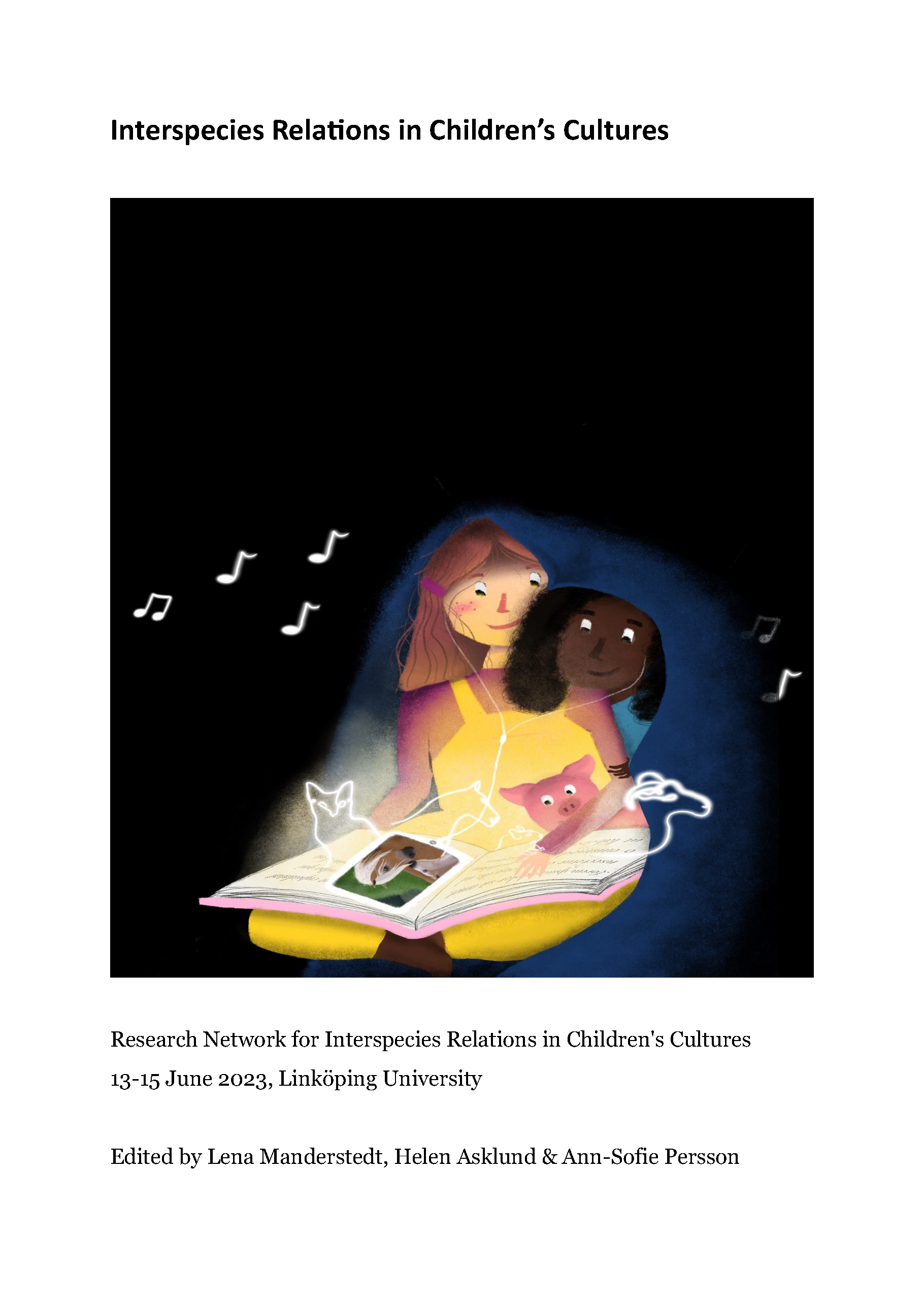'You Cannot Own an Animal!'
Animals, Agency and Activism in Håkan Alexandersson's and Carl Johan De Geer's Television Series for Children
DOI:
https://doi.org/10.3384/ecp206.23-32Keywords:
Children's Television, Child-Animal Relations, Animals in Television, Anthropomorphism, Disnification, Animal as Spectacle, NatureculturetechnologyAbstract
This article studies the human-animal relations in three fiction series aimed at children and broadcasted on Swedish public service television 1973–1983: Tårtan, Doktor Krall and Privatdetektiven Kant. The interdisciplinary and cross-disciplinary approach combines theoretical concepts and methods from cinema studies and childhood studies, focusing on the power relations between humans and non-human animals. The analysis reveals a certain ambivalence throughout all the series: On the one hand, the non-human animals have a strong agency, human exceptionalism is openly challenged, Haraway's attitude of 'greeting significant others' is held up as ideal, and animal rights activism is encouraged. On the other hand, the series also display speciesist traits such as objectification of non-human animals, disnification, naive anthropomorphism, and a production process exposing non-human animals for severe stress. The article points out that the depictions of human-animal relations in the studied television series differ from the vast majority of stories for children, especially by not depicting children at all, and thereby questioning the supposed historically strong link between children and non-human animals. Concludingly, the article discusses the inherent potential of children's television to influence the young audience, in this case by extension contributing to a less anthropocentric society where humans treat non-human animals with respect. We might even talk of children's television as a natureculturetechnology (cf. Haraway).


